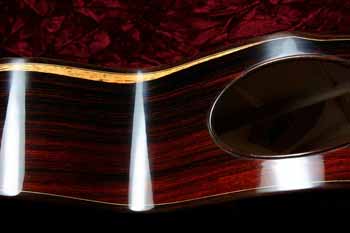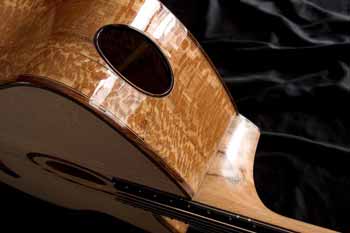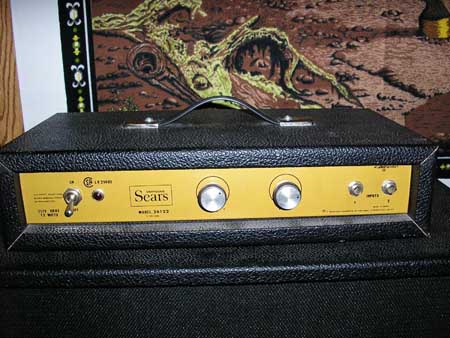While looking for thumb picks to try and spice up my picking style, I came across the regular/traditional plastic ones and the newer look and feel plastic and metal ones.
I know that you’ve all seen the plastic thumb picks before and they all seem to have the same feel to them. When you put them on they have this loose tension to them. It has the illusion that it would slide off my thumb fairly easily and that poses a problem with me. While playing hockey I tend to almost squeeze the sap out of it when playing and I bring that attitude to my guitar game.
The one that Tim Cameron directed me to was the National “L” one. 
This one has a different feel to it all together. It has a nice firm feel all the way around your thumb, but the exposed pick maybe a little bit too big and clunky for my liking.
The next one that I was shown was a little bit unique from your everyday thumb pick. This one is called the PROPIK.
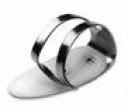
The one to the left is called a Good Grip Thumb Pick.
I liked this one because it allows me to adjust the tension of it to my liking. The best feature of this one is that the exposed pick that I will attack the strings with is smaller then most thumb picks.
I do not need a big clumsy thing on my thumb that is not as precise as a regular guitar pick. Therefore I give this product one thumbs up! Get it?
If you use any of these picks, please let us know the pros and cons of each one!
Keep on Jammin’
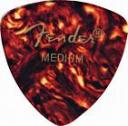 He then showed me the traditional Fender HEAVY pick, that has a tortoise shell swirly design. It has a
He then showed me the traditional Fender HEAVY pick, that has a tortoise shell swirly design. It has a 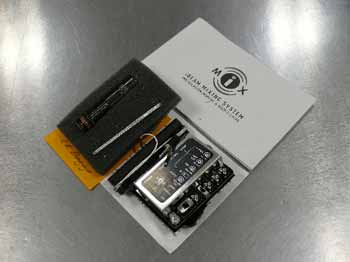


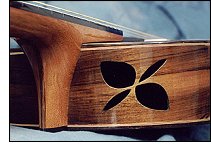 The one thing that I see in the evolution of the acoustic guitar today is its link with the past from Canada’s own, Glenn Gould.
The one thing that I see in the evolution of the acoustic guitar today is its link with the past from Canada’s own, Glenn Gould.